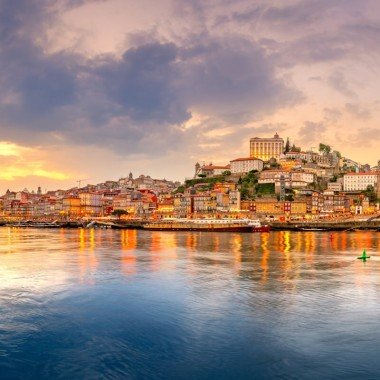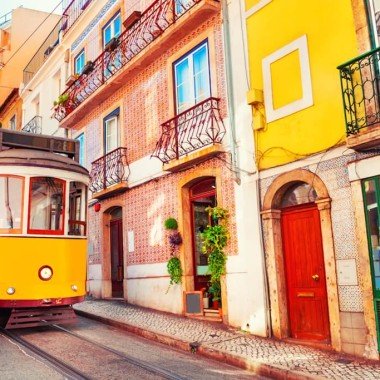8 days / 7 nights
Portuguese Trip Tour
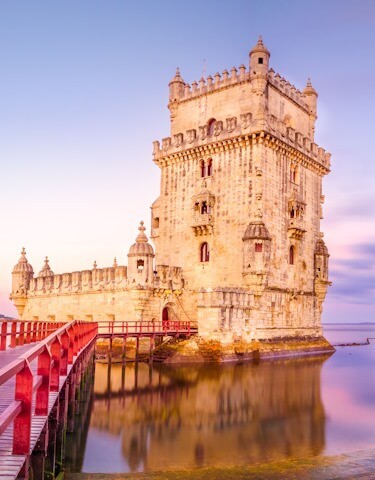
TOUR ONLY (flight on request)
Trip overview
-
8 days / 7 nights Duration
-
Italian tour guide Leader
-
1 persone Travel group
Tour description
Discover the Portuguese Journey Tour that will take you through the wonders of Portugal: start in Lisbon, the vibrant capital known for its historic neighborhoods and lively nightlife. Continue to Evora, with its charming medieval architecture and historical monuments. Proceed to Covilha, nestled in the beauty of the Serra da Estrela mountains, and explore its cultural and natural heritage.
Arrive in Porto, renowned for its breathtaking landscapes and famous Port wine. Finally, visit Fatima, one of the world's main pilgrimage sites, for a unique spiritual experience. This tour offers a perfect blend of culture, history, and stunning landscapes, making each stop an unforgettable experience. Ideal for those looking to explore the best of Portugal in one trip.
What will you see?
Travel itinerary
Travel itinerary
-
Day 1 Italy, Lisbon
50%Culture
30%Nature
50%History
50%Relax
20%Food
Departure from Italy with a scheduled flight. Arrival in Lisbon and meeting with our local assistant (English-speaking). Transfer to the hotel and check-in to the reserved rooms. Meeting with the guide and other participants. Dinner at the hotel (depending on the arrival time) and overnight stay.
-
Day 2 Lisbon, Evora
50%Culture
50%Nature
50%History
20%Food
Breakfast. In the morning, a visit to Lisbon, the lively and captivating capital of Portugal. The tour will begin in the Belém district, the area that best encapsulates the Manueline architectural style, characterized by Gothic motifs with maritime influences. You will admire the Belém Tower from the outside, originally conceived as a lighthouse and fortress, built in the middle of the river at the exact point where Vasco da Gama set sail in search of routes to the Indies. Near the tower, you can also admire the Monument to the Discoveries from the outside, a monumental limestone structure that resembles a caravel, featuring many famous figures. The visit continues with the Jerónimos Monastery, whose construction began in 1501 with profits from the spice trade and continued for a century, resulting in a blend of Gothic, Renaissance, and Neoclassical architectural and decorative elements. Several illustrious figures are buried here, including Vasco da Gama, the poet Camões, Fernando Pessoa, and Portuguese royalty. Lunch on your own. In the afternoon, departure for Évora, the capital of the Alentejo, the most inland region of Portugal, characterized by gently rolling hills dotted with olive and cork oak trees. There will be a stop at a cork factory, known as the green gold of Portugal, where you can learn about the cork transformation process, one of Portugal’s main exports, often used by the Portuguese government as gifts for visiting heads of state. Arrival in Évora, a charming city recognized by UNESCO as a World Heritage site, of Roman origin, and the residence of the Portuguese kings in the 15th century. Visit to the historic center, starting at Praça do Giraldo, the main square, which has been the site of bloody events like the burning of the Inquisition’s victims. Continuing the walk, you can admire the Roman Temple with its splendid Corinthian columns, one of the best-preserved Roman monuments in the entire Iberian Peninsula. Visit the medieval Cathedral, where the flags of Vasco da Gama’s historic expedition were blessed, and the Chapel of Bones, a church whose walls are decorated with human bones and skulls. Accommodation in reserved rooms at the hotel, dinner, and overnight stay.
-
Day 3 Evora, Alter do Chao, Marvao, Castelo de Vide, Monsanto, Covilha
50%Culture
60%Nature
50%History
20%Food
Breakfast and departure towards the northern region of Alentejo, an immense rural and unspoiled area filled with valleys covered with vineyards, medieval villages, and vast plains. Stop at Alter do Chão, the kingdom of purebred Lusitano horse breeding. Continue to Marvão, a medieval village near the Spanish border, perched atop a hill with steep slopes. Its citadel has a narrow and elongated shape, with whitewashed walls, narrow streets, Gothic windows, wrought iron balconies, and the “Manueline pelourinho” (pillory column). Lunch on your own and continuation to Castelo de Vide, with its castle surrounded by a cluster of white houses, a labyrinth of cobbled medieval streets adorned with flowers. Stroll through the historic center of the Juderia, the ancient Jewish quarter dating back to the 12th century, the best-preserved in all of Portugal, featuring an ancient synagogue. Following this, stop in Monsanto, a historic village nestled at the base of a granite rock slope. The citadel was built in the 12th century by the Templars and consists of steep streets lined with rows of granite houses, some of which display coats of arms or intricate Manueline windows. The settlement developed on one side of the hill, and the granite boulders were used to construct the walls of the houses, while in some cases, a single stone block forms the roof, which is why it is said that here the houses have roofs of "a single tile." Transfer to Covilhã and accommodation in reserved rooms at the hotel, dinner, and overnight stay
-
Day 4 Covilha, Guarda, Amarante, Porto
40%Culture
60%Nature
40%History
20%Adventure
20%Food
Breakfast. The entire day will be dedicated to discovering northern Portugal. The day will begin in Guarda, the highest city in Portugal, situated at 1,056 meters above sea level. Founded in 1197 on top of a hill to "guard" (hence the name) the border and protect the young state of Portugal from Moorish attacks. The journey continues to the Douro Valley, a picturesque region crossed by one of the longest rivers in the Iberian Peninsula, which reaches the ocean after an impressive series of rapids and bends. The region's fame is almost entirely linked to its most famous wine, port. An extraordinary environment with terraced vineyards clinging to the riverbanks and whitewashed quintas perched on top of the hills. After lunch on your own, departure for Amarante, located in a charming position on a bend of the Rio Tâmega. The town is dominated by a remarkably picturesque church and monastery, which stand next to a reconstructed medieval bridge. The riverbanks lined with willows, along with the houses with balconies and the steep streets rising from the narrow valley, lend the town a bucolic charm. Amarante is also known for being the birthplace of São Gonçalo, the Portuguese St. Valentine, revered by the lonely-hearted who come here on pilgrimage in hopes of finding true love. The day continues towards Porto. Accommodation in reserved rooms at the hotel, dinner, and overnight stay.
-
Day 5 Porto, Braga, Guimaraes, Porto
50%Culture
50%Nature
50%History
20%Adventure
20%Food
Breakfast. In the morning, visit Porto, one of the oldest cities in Portugal, built on the banks of a great river, the Douro, which flows into the Atlantic Ocean. Porto still retains much of its ancient and medieval character. The historic center is crisscrossed by a maze of narrow, steep streets that descend into the picturesque Ribeira district, a UNESCO site since 1996, with houses decorated with typical colorful azulejos. Here was the old port where the "barcos rabelos," boats equipped for transporting port wine, for which the city is famous worldwide, were docked. Adjacent to the Ribeira district is the Dom Luis I Bridge, an icon and symbol of the city of Porto that connects the two banks of the river. Construction began in 1881 by a collaborator of Gustave Eiffel. Following this, a cruise on the Douro River and a visit to a port wine cellar with a tasting of this characteristic wine, fragrant, aromatic, romantic, with a color that can be ruby red like a rare stone or gold. Lunch on your own. In the afternoon, departure for Braga, an ancient Roman settlement founded more than two thousand years ago. The history of Braga is closely linked to the Catholic religion as it was the first episcopal see of the Iberian Peninsula. The main attractions are therefore all of a religious nature, such as the Cathedral, the seat of the oldest archdiocese in Portugal. It holds artistic testimonies from the different centuries that have marked its history. The initial Romanesque style is preserved in the Porta do Sol, while the Baroque style left its mark mainly in the interior decoration of the altars, in the gilded woodwork, in the grand organ of the main chapel, and in the two curious bell towers that characterize the external facade. Continue to Guimarães, the cradle of Portugal, as the birthplace of the first Portuguese king, Afonso Henrique. It is an elegant city proud of its noble past, with a charming center where you can admire granite terraces and loggias, wrought iron balconies, towers, and cloisters. Visit the Palace of the Dukes of Braganza, built in the fifteenth century but fallen into ruin when the dukes moved to the Alentejo and the magnificent historic palaces that line the streets of the center. It was restored in the twentieth century to host the residence of Salazar. It is easily recognizable by the cluster of red brick roofs visible even from a distance. Inside, you can admire lavish rooms richly decorated with frescoes, weapons and armor, tapestries, and original period furniture. Along the way, stop at a small artisan filigree shop to discover all the secrets of this quintessentially Portuguese craft. Return to Porto in the evening. Dinner at the hotel and overnight stay.
-
Day 6 Porto, Aveiro, Coimbra, Fatima
50%Culture
40%Nature
50%History
20%Adventure
30%Food
Breakfast and departure south towards Aveiro, the little Portuguese Venice. Nestled between the sea and the lagoon, it is crossed by canals that were once navigated by the colorful moliceiros, traditional slender boats originally used for harvesting seaweed and sargassum. The historic center is dotted with elegant art nouveau buildings, while the old fishermen's houses, wooden homes painted in cherry red, sun yellow, and sea blue, are located by the beach. Continue to Coimbra, which was the capital of Portugal for over a hundred years and boasts the oldest university in Portugal, as well as one of the oldest in Europe. Founded in 1290, the main buildings are arranged around a large courtyard, the Pátio das Escolas. Here stands the clock tower, nicknamed "a cabra" (the goat, a nuisance), because at the end of classes, the bells would ring to signal the beginning of the curfew. In the past, students had to return home by 7 PM, or they would be arrested. Lunch on your own. In the afternoon, continue to Fatima, a pilgrimage destination for Christians from all over the world. Visit the Sanctuary, which stands on the site of the first apparition and consists of the Basilica of Our Lady of the Rosary (with the tombs of the three little shepherds) in neo-baroque style with a bell tower 65 meters high, the new Church of the Holy Trinity, and the Chapel of the Apparitions (the heart of the Sanctuary where the Virgin Mary spoke to the shepherd children). Accommodation in the reserved rooms at the hotel, dinner, and overnight stay
-
Day 7 Fatima, Batalha, Obidos, Sintra, Lisbona
40%Culture
30%Nature
60%History
30%Food
Breakfast. In the morning, visit the historic site of Batalha, famous for the magnificent monastic complex dedicated to Santa Maria da Vitoria, a masterpiece of Portuguese Gothic and Manueline style, whose construction spanned two centuries. The exterior is made of white stone that has turned ochre yellow over the years, richly decorated with pinnacles, spires, gargoyles, and intricate stone tracery. The interior of the church is imposing in size and simple in appearance, where the only decorative element is the stained glass windows depicting the life of Christ (optional visit inside the monastery). Continue to the charming Óbidos, a medieval village enclosed within high walls. Stroll along the intricate maze of cobbled alleys lined with immaculate whitewashed houses with ultramarine blue or saffron yellow trim, and covered with climbing flowers and azulejos. During the visit, you can sample the traditional “Ginjinha” liqueur made from sour cherries. Lunch on your own. In the afternoon, visit the romantic Sintra, a small gem in the hills behind Lisbon, dotted with unique palaces, princely residences, and colorful castles, surrounded by gardens, courtyards, and lush vegetation thanks to the favorable microclimate of the area. Visit the interior of the Palacio Nacional, a royal residence from the 16th century. The palace features traces of medieval, Gothic, Manueline, Renaissance, and Romanesque architecture. From the outside, the two large white cones, 33 meters high, towering over the typical Portuguese red brick roofs, are intriguing; they are actually enormous chimneys from the court’s kitchen. Then, arrival in Lisbon and check-in at the reserved hotel rooms. Dinner on your own (optional, paid reservation possible for a dinner with Fado show). Overnight stay at the hotel
-
Day 8 Lisbon, Italy
50%Relax
20%Food
Breakfast (depending on the departure time) and free time until transfer to the airport in time for check-in procedures. Departure for Italy on a scheduled flight.
Departure Calendar
Our tour guides
Discover the world with our expert guides: unique experiences, local knowledge, and shared passions await you at every stop of your journey. The tour of your dreams starts here.
Excellent
You may also like
Or write to us:
By pressing send button I declare that I have read and understood the information on the processing of my personal data provided by Travellero (View)
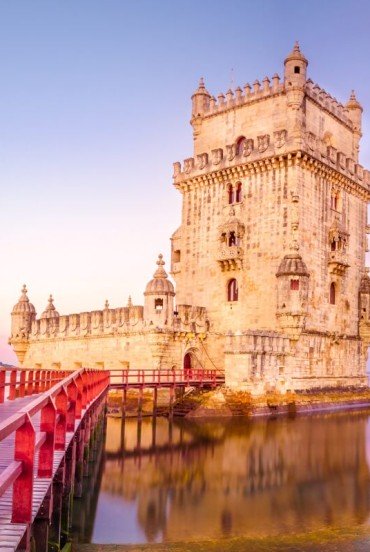
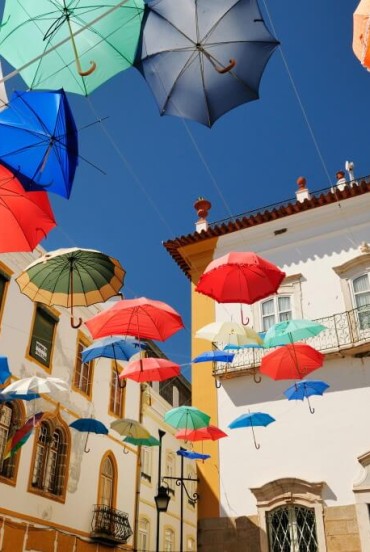
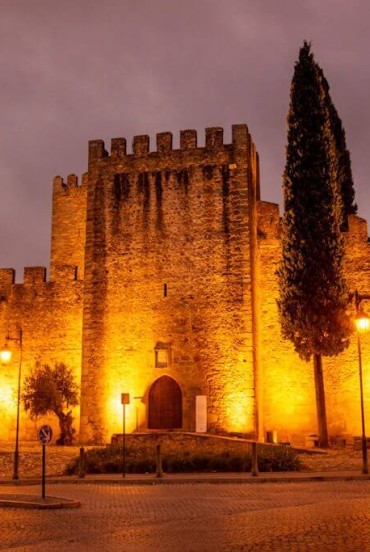
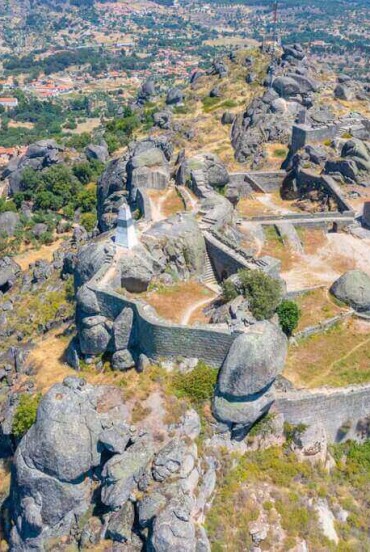
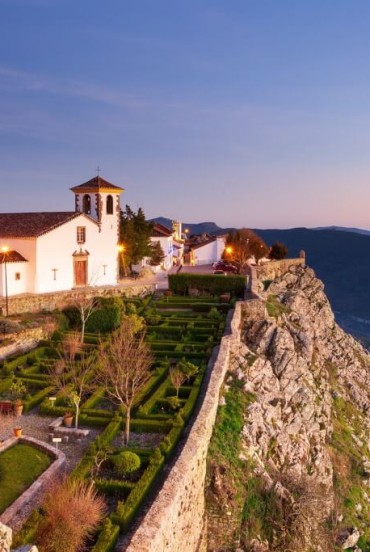
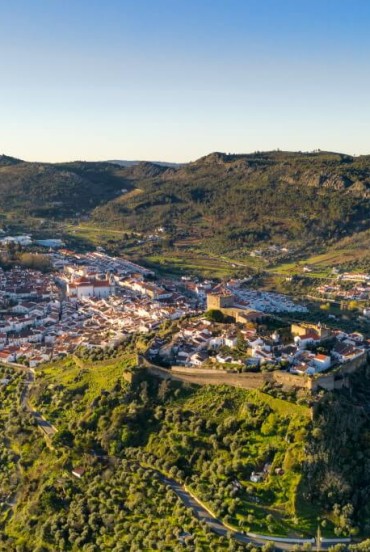
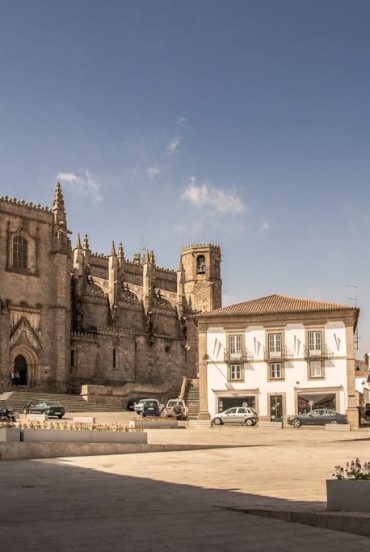
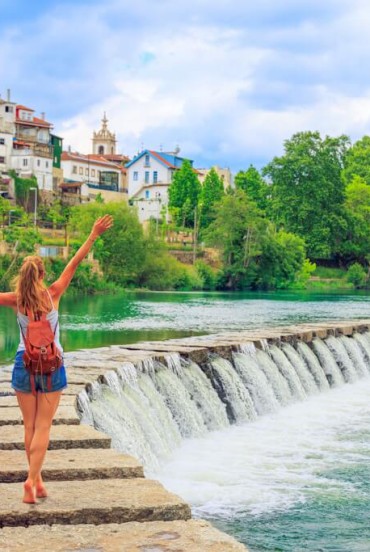
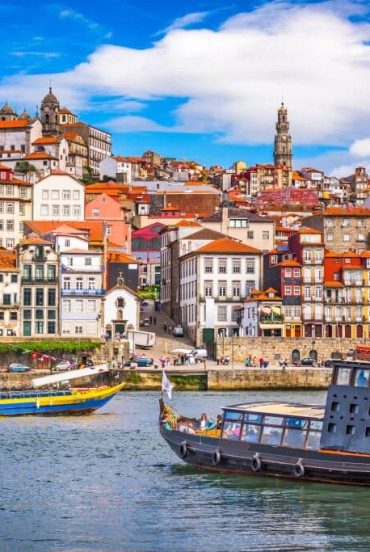
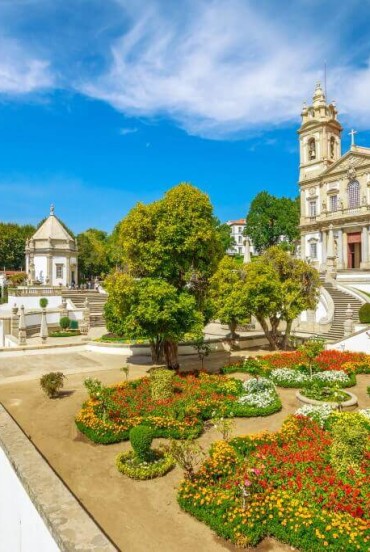
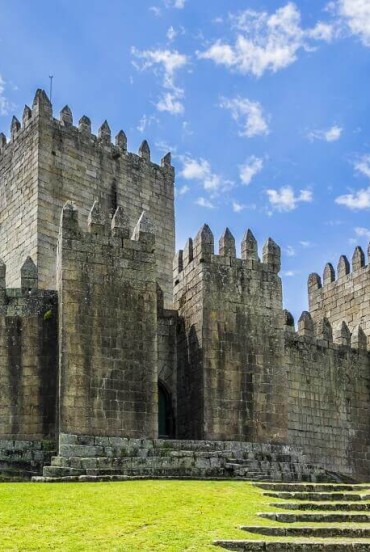
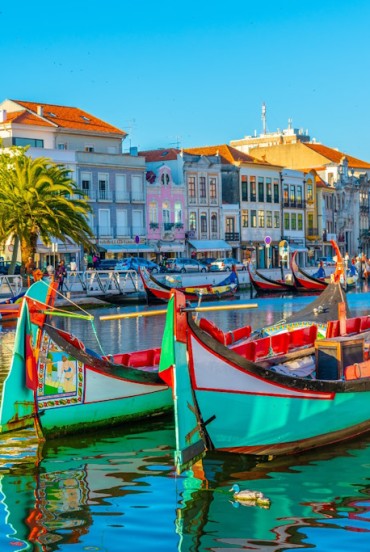
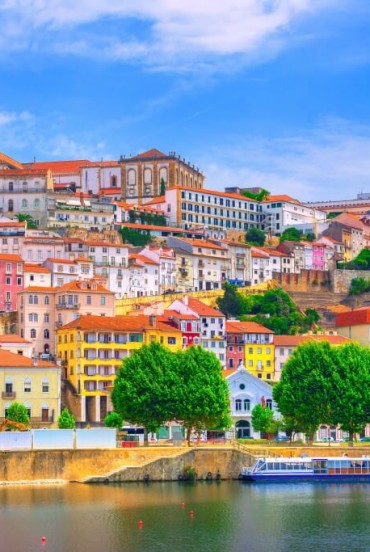
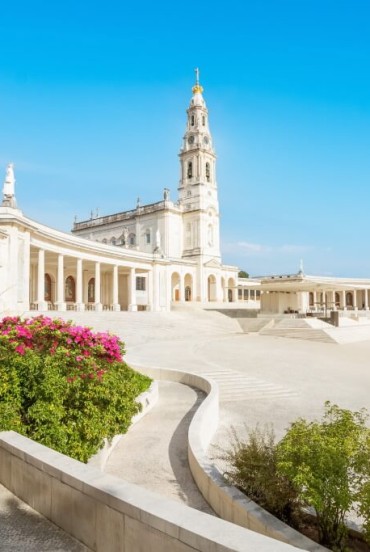
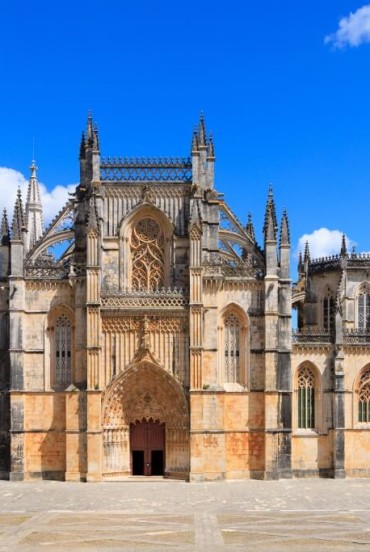
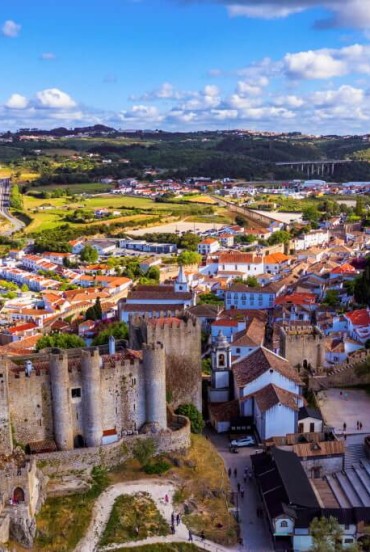
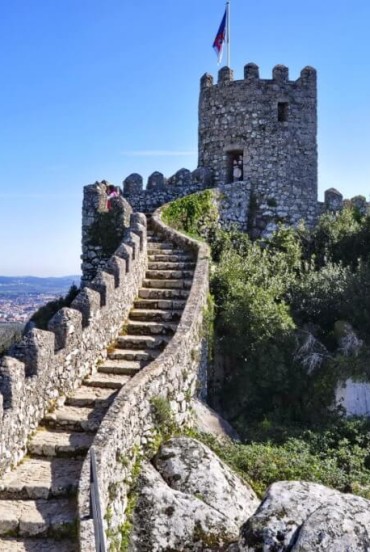

 Anna Maria
Anna Maria Elisabeth
Elisabeth Maria
Maria Luisa
Luisa



